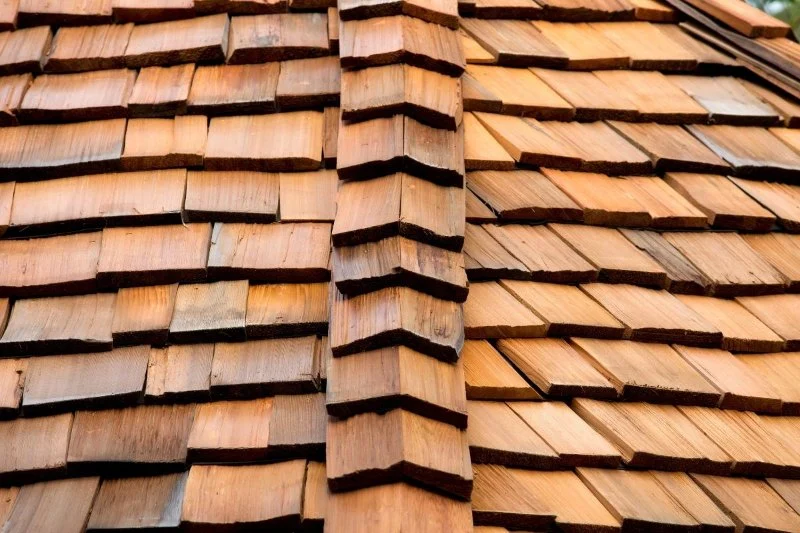
1. The Best Roofing Materials for a Heritage Home in a Historic District
Restoring or replacing the roof of a heritage home in a historic district requires careful consideration. It’s essential to select roofing materials that not only enhance the beauty of the home but also comply with historical preservation guidelines. These homes often hold significant cultural value, making it important to choose materials that are both historically accurate and durable.
This article will guide you through the best roofing materials for heritage homes in historic districts. From traditional materials to modern alternatives, we’ll explore which options provide the perfect balance of authenticity, durability, and compliance with preservation standards.
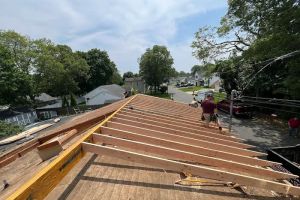
All Island Pro Roofing & Chimney
HauppaugeSuffolk CountyNew York
657 Townline Rd, Hauppauge, NY 11788, USA
2. Why Choosing the Right Roofing Material Matters
Choosing the right roofing materials for a heritage home is not just about aesthetics. The roof plays a crucial role in protecting the home from the elements while maintaining its structural integrity. Additionally, many historic districts have specific rules regarding the types of materials that can be used, which helps preserve the character of the area.
a. Preservation Guidelines and Compliance
Many historic districts have strict guidelines for home renovations, particularly when it comes to roofing. These rules are designed to maintain the architectural integrity and historical value of the area. When replacing or repairing a roof, it's essential to follow these guidelines to avoid penalties or the need for costly revisions. For example, certain districts may require you to use materials that were available during the original construction period.
b. Aesthetic Value
The roofing material you choose can have a significant impact on the overall look of the home. Traditional roofing materials like slate or wood shingles enhance the vintage appeal of a heritage home. However, modern alternatives, such as composite roofing, can offer the same look without compromising on durability or maintenance.
c. Weather Durability
Durability is a key factor when selecting roofing materials. Heritage homes are often located in areas subject to extreme weather conditions, such as high winds, heavy rainfall, or snow. Choosing materials that are durable and can withstand these elements is crucial to protecting the home and minimizing future repairs.
3. Best Roofing Materials for Heritage Homes in Historic Districts
When it comes to roofing a heritage home in a historic district, there are several materials that are highly recommended due to their authenticity, durability, and suitability for preserving the home’s historical value. Below are some of the best roofing materials to consider:
a. Slate Roofing
Slate is one of the most traditional and prestigious roofing materials for heritage homes. It is fire-resistant, durable, and can last up to 100 years with proper care. Slate roofs also add a timeless, sophisticated look to any historic building, making it an excellent choice for homes in a historic district. However, slate can be expensive and requires professional installation, which can add to the overall cost of the roof replacement or repair.
b. Wood Shingles and Shakes
Wood shingles and shakes are another classic roofing material that has been used for centuries. They are ideal for heritage homes, providing a natural, rustic look that complements the traditional architecture. While they require regular maintenance to prevent rot and damage from the elements, wood roofs can last for decades when properly cared for. In many historic districts, wood is a preferred material due to its historical accuracy and aesthetic value.
c. Copper Roofing
For a more luxurious and unique roofing option, copper is a stunning choice. It is incredibly durable, resistant to corrosion, and has an attractive patina that develops over time. Copper is often used for accent features like dormers, turrets, and gutters, but can also be used for the entire roof in high-end heritage homes. It is a more expensive option but adds a distinctive look to the property.
d. Clay Tiles
Clay tiles are a popular option for heritage homes, especially in Mediterranean or Spanish-style architecture. They are durable, long-lasting, and resistant to the elements. Clay tiles come in various colors and shapes, allowing you to match the roofing to the original design of the building. While clay tiles can be heavy, their aesthetic value and durability make them a solid choice for historical properties in warmer climates.
e. Architectural Metal Roofing
Architectural metal roofing has become increasingly popular in recent years, offering a modern alternative to traditional materials. Metal roofs are lightweight, durable, and resistant to fire, wind, and moisture. They can mimic the appearance of traditional materials like slate or wood but with enhanced durability and less maintenance. For homes in historic districts, standing seam metal roofing is often chosen because it can be customized to resemble traditional roofing materials while offering modern performance.
4. Considerations for Selecting the Right Roof Material
When selecting the best roofing material for a heritage home, there are several factors to consider. It’s important to think about the following:
a. Maintenance Requirements
Some roofing materials, such as wood shingles, require more regular maintenance than others. Be sure to consider the level of upkeep you're willing to commit to when choosing a roofing material. For those seeking low-maintenance options, materials like metal or slate may be more appealing.
b. Climate Considerations
The local climate plays a significant role in the type of roofing material you should choose. For instance, clay tiles are great for hot, dry climates but may not perform as well in areas prone to freezing temperatures. Similarly, metal roofing is ideal for areas with heavy snowfall, as it sheds snow more easily than other materials.
c. Historical Accuracy
In many historic districts, maintaining the historical accuracy of the home is paramount. Be sure to consult local preservation guidelines or a roofing professional to ensure that the material you select complies with the district’s regulations. Historical accuracy not only protects the integrity of your home but also helps preserve the charm and character of the neighborhood.
5. Why Choose BeachCo Roofing Hub for Your Roofing Needs
If you're looking to restore or replace the roof of your heritage home, BeachCo Roofing Hub is the perfect place to start. We specialize in roofing solutions for historic homes and can help you choose the right materials that meet both your aesthetic preferences and historical preservation requirements. Our experienced professionals provide top-notch installation and maintenance services to ensure your roof stands the test of time.
Visit BeachCo Roofing Hub today for more information on roofing materials, services, and expert advice for heritage homes in historic districts.

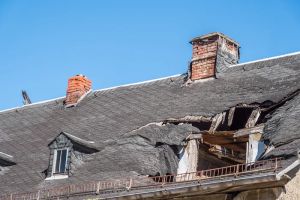
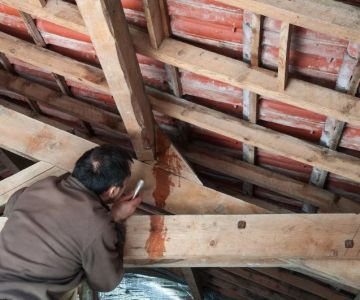

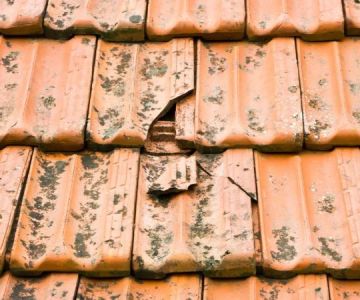
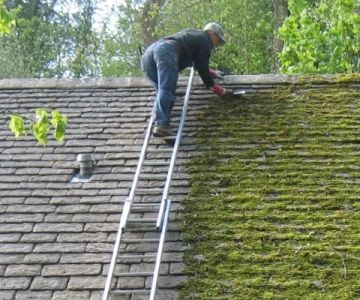
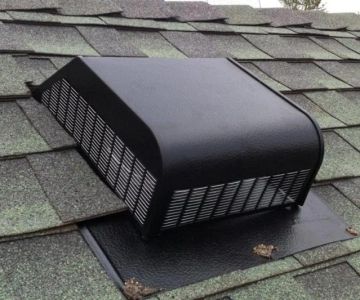
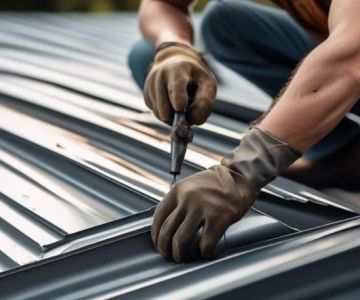
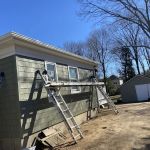 JEL Home Improvements Inc5.0 (23 reviews)
JEL Home Improvements Inc5.0 (23 reviews) Buck Builders LLC4.0 (54 reviews)
Buck Builders LLC4.0 (54 reviews)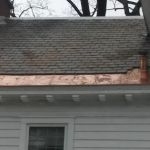 Jerry Weaver Roofing4.0 (11 reviews)
Jerry Weaver Roofing4.0 (11 reviews) Cambro Services4.0 (17 reviews)
Cambro Services4.0 (17 reviews) CentiMark Corporation4.0 (12 reviews)
CentiMark Corporation4.0 (12 reviews)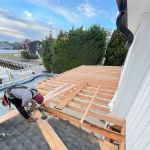 Top 1 home improvements4.0 (20 reviews)
Top 1 home improvements4.0 (20 reviews)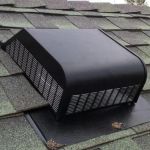 How to Install Roof Vents on a Hip Roof Design | BeachCo Roofing Hub
How to Install Roof Vents on a Hip Roof Design | BeachCo Roofing Hub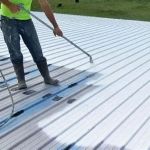 The Average Cost of a Roof Coating Application
The Average Cost of a Roof Coating Application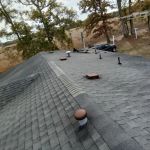 Best Roofing Materials for Mid-Century Modern Homes: Top Options for Style and Durability
Best Roofing Materials for Mid-Century Modern Homes: Top Options for Style and Durability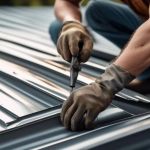 How to Repair a Roof Leak in a Building with a Corrugated Metal Roof
How to Repair a Roof Leak in a Building with a Corrugated Metal Roof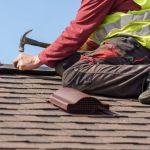 Roofing Project Milestone Payment Schedule: Standard Practices
Roofing Project Milestone Payment Schedule: Standard Practices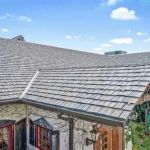 The Cost of a New Roof with a Class 4 Impact Rating and Class A Fire Rating: Everything You Need to Know
The Cost of a New Roof with a Class 4 Impact Rating and Class A Fire Rating: Everything You Need to Know